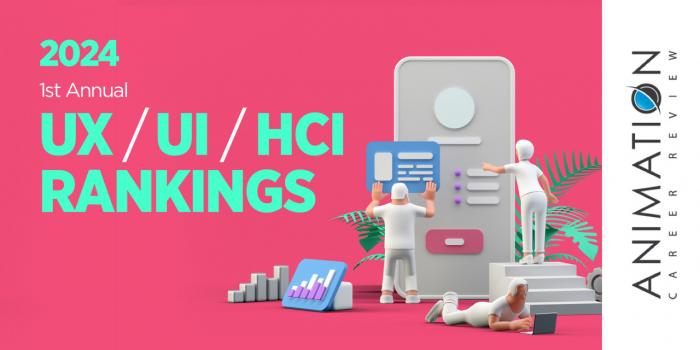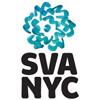University of Washington (UW) has several graduate programs for students who are interested in UX/UI/HCI. Most options are based in UW’s College of Engineering. Serving approximately 5,615 undergraduate students, the College houses the Human Centered Design & Engineering (HCDE) Department, which has MS and PhD options.
Students with a bachelor’s degree and two years of work experience can also earn a User-Centered Design (UCD) certificate. This evening graduate program consists of four courses including three required courses (User-Centered Design, Usability Studies, and UX Speaker Series) and one elective. Sample electives include User-Centered Web Design; Interaction Design & Prototyping; and Information Visualization.
The College of Engineering at University of Washington also houses the Paul G. Allen School of Computer Science & Engineering which, in partnership with HCDE, the Information School, the Division of Design in the School of Art + Art History + Design, and faculty from other UW departments, comprises an award-winning research group known as Design: Use: Build (DUB).
This cross-disciplinary collective serves 33 students (from more than a dozen academic backgrounds), enrolled in a Master of Human-Computer Interaction and Design (MHCI + D). The project-based curriculum for the program consists of a core and electives. Examples of core courses include Design of Interactive Systems; Ideation Studio; Usability/User Research; and Interdisciplinary HCI+D Seminar (DUB Seminar). Elective examples include Interactive Information Visualization; Advanced Introduction to HCI; Usability Studies; Input and Interaction; Designing Information Experiences; and Advanced Projects in IxD.
Students may also take the Portfolio and Professional Practices course which focuses on creating a portfolio, both online and for a portfolio presentation. The course also addresses other professional practices, such as job searches.
After 11 intense months of study, the MHCI+D program at University of Washington culminates with a Capstone project. This three-course, 14 credit hour culminating experience includes the Capstone Planning Seminar; Research Studio; and Capstone Studio. In teams, students will choose a focus area such as health, assistive technology, travel, the environment, education, or retail. Student teams will navigate the iterative design, prototyping, and evaluation process, resulting in an exhaustive project solution and presentation.
The HCDE PhD at University of Washington is a 90 credit hour program designed for students seeking careers as researchers and scholars. During the first two years students will select a dissertation advisor, begin their research in a concentration area and complete academic coursework. Examples of concentration areas include Human-Centered Data Science; Inclusive Design; Socia Computing; and Science & Technology Studies. The remainder of the program consists of extensive research and the completion of the dissertation.
The HCDE MS at University of Washington is an interdisciplinary program that attracts students who are interested in designing, researching, and engineering interactive technology. 50 credits are required to graduate. This includes 26 credits of HCDE electives and elective courses in specialized content areas, and 24 credits of required courses such as Usability Studies; User-Centered Design; and Experimental Methods.
Specialized content areas include Design, Strategy, and Engineering. Course examples across areas include Designing a Human Centered Venture; Information Visualization; International User Experiences and Communication; Physical Computing and Prototyping; User-Centered Web Design; and Design and Management of Complex Systems. Elective examples include Empirical Traditions; UX Speaker Series; Web Design Studio; Programming Concepts; DUB Seminar; Computational Concepts in HCDE; and the Internship.
The HCDE MS program at UW culminates with a Capstone project. Graduates are prepared for leadership roles in HCDE education, government, industry, and non-profits.
Across programs, examples of companies and organizations that have hired UW HCDE alumni include Boeing, Microsoft, Apple, Amazon, Google, Disney, Alaska Airlines, Intel, Expedia Group, IBM Designs, Intuit, Lyft, GoDaddy, Razorfish, T-Mobile, NBC Universal, Accenture, GE Digital, Capital One, Verizon, Publicis Sapient, Getty Images, Getty Images, Adobe, Nike, Starbuck’s, , Raytheon Technologies, Cisco, Uber, and Bungie, Inc.
Established in 1861, University of Washington serves approximately 60,095 students across campuses in Seattle (main), Bothell, and Tacoma, Washington. Collectively, these campuses provide more than 470 programs and 845 degrees housed across 18 colleges and schools. University of Washington is accredited by the Northwest Commission on Colleges and Universities (NWCCU) and is a member of the Association of American Universities (AAU). UW Engineering is accredited by the Accreditation Board for Engineering and Technology (ABET).



























